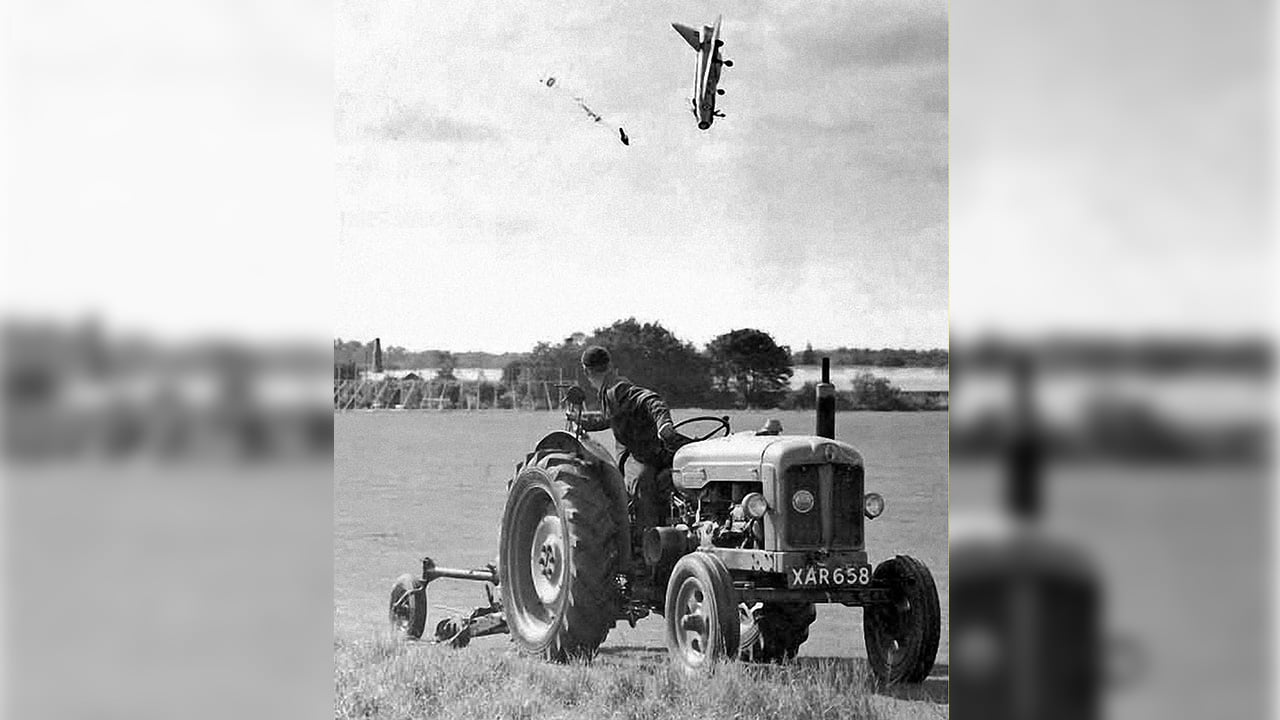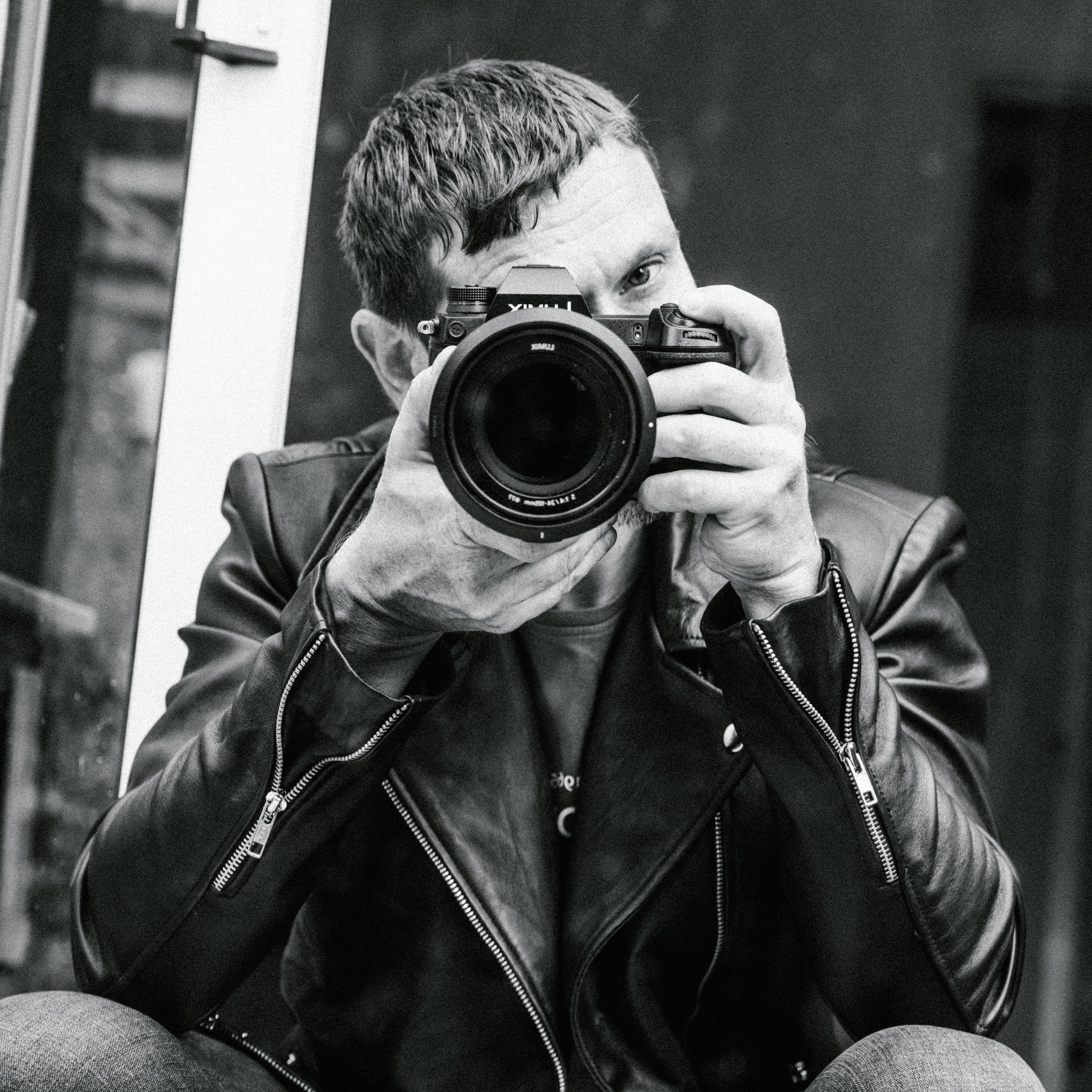
The dangers of AI stealing intellectual property are a known quantity, but AI is ruining photography in other unwelcome ways too.
AI certainly has its benefits if it is used responsibly and we stay aware of its limitations. The Perplexity.ai search engine, for instance, can provide much more useful and in-depth search results on topics than an advert-riddled Google, to give one example [though always remember to click through on the relevant links and double-check the veracity of the information. Ed.]. And, despite some disagreement from certain quarters, the image editing abilities of Photoshop and Lightroom have been made hugely useful by the addition of various AI tools.
However, the inevitable has happened. AI isn't just encroaching on modern image creation, but it is also ruining the images of old. And no, I'm not talking about poor image restoration, uncanny valley facial enhancement, or upscaling. Instead, I'm talking about our acceptance of what's real and what isn't.
History is full of examples of incredible photographs that were taken at just the right moment in time. Once in a lifetime images that became iconic because the photographer just happened to be in the right place, at the right time, and remembered to press the shutter button.
Doubting history
But, with a younger generation growing up with the idea that AI image creation and/or enhancement is the norm, and that at the very least it's the default position to put a gigantic digital filter on an image before it gets fired off to the world of Instagram, it also therefore become the default position to assume that an image, any image, has been manipulated in some way.
In other words, we now live in a world where fakery is assumed first and reality second. In the current climate this is a safe position to take. The fact is that there is a lot of image fakery around, and lots of people get duped by it every day. But, it has also meant that some of the most famous photographs taken on manual film cameras have their authenticity doubted by a very cynical younger generation.
A case in point is the image below. Photographer Jim Meads, took it on September 13th 1962, and it was published in pretty much every newspaper around the world at the time. It shows English Electric Lightning F1 test pilot George Aird ejecting from his plane as he lost control during landing approach. An engine fire had weakened one of the tailplane actuators, causing the nose to pitch up into a stall.

I recently saw the image posted on social media, and a high proportion of the comments were dedicated more to doubting the photo's authenticity than they were at what an incredible, and nearly very tragic, moment it was.
If you could name a form of doubt, it was there. Everything from doubting how the photographer could possibly get everything in focus to asking how he 'just happened' to be in the right place at the right time.
Now, aside from the fact that it is actually possible that someone did just happen to be in the right place at the right time, there is actually much more backstory to the photo. You see, Jim Meads lived next door to test pilot Bob Sowray, and he had told Jim that he was going to be flying the Lightning that day. At the time, the plane was cutting edge. Even now the stats regarding its climb rate and altitudes that it reached are really quite staggering.
Jim's children had asked if they could go and watch the flight from one of the nearby fields, and although he was a photographer he wouldn't normally take his camera along to this sort of thing. Fatefully however, he decided that it might be nice to get a photo of his neighbour flying the plane, even though he only had two exposures left on the film reel.
In the moment
The rest is history. The image not only captures the moment of pilot ejection, but the farmer in the foreground only turned around when he heard the bang of the ejection seat being activated. It's a perfectly timed shot in so many ways. One more detail. You might have noticed earlier in the article I said that the test pilot who ejected was George Aird, and that's because at the last minute Sowray let his colleague take the flight instead.
What has struck me about comments I've seen about this photo, and others, is how adamant the doubters are. It's good to be sceptical given the prevalence of fakery now, but even when faced with direct evidence that an image is real, some poeple still double down on their doubts.
It's a problem I've been seeing coming for a while, and it's a sad state of affairs when even well documented historical images are now having their authenticity thrown into doubt. But, there's an ironic twist to all this.
Even back in 1962 when the photograph was first published, many people doubted its authenticity. It was only the fact that the British Government tried and failed to put a D-Notice on the image, a legal tool to prevent its publication, that its authenticity was placed out of doubt.
tl;dr
- AI is impacting both modern image creation and the perception of historic photographs, leading to increased skepticism about their authenticity.
- Younger generations often assume that all images have been manipulated, resulting in doubts about iconic photographs taken in the past.
- The story of Jim Meads capturing a pivotal moment with test pilot George Aird illustrates how true photographic skill, circumstance, and sheer luck can be overshadowed by skepticism.
- Even during its initial publication in 1962, doubts existed about the authenticity of the photograph, which were only resolved when the British Government attempted to suppress it.
Tags: AI photography


Comments